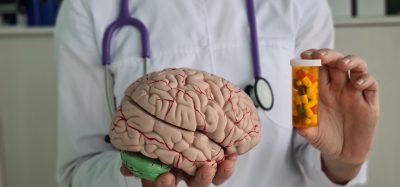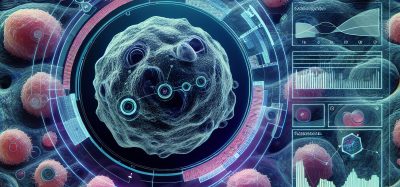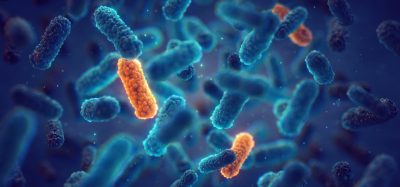Autism risk factor search aided by epigenetics study
Posted: 17 January 2018 | Drug Target Review | No comments yet
Scientists have identified more than 2,000 regulatory regions involved in learning that correlate strongly with autism, suggesting future focus for autism research.


Scientists have long tried to ascertain the causes of autism spectrum disorder. Recent studies have expanded the search for genetic links from identifying genes toward epigenetics – the study of factors that control gene expression and emphasis on the chemical modifications of DNA and the proteins associated with it. The challenge is knowing where to look, given that our genome comprises more than three billion nucleotides of DNA.
Regulatory regions linked with autism
A breakthrough study led by researchers at Washington State University, however, has now brought focus to the search for epigenetic mechanisms related to autism. Their work identifies more than 2,000 regulatory regions (DNA regions that control gene expression) involved in learning that are strongly associated with autism. Further study within one of those regions revealed a genetic mutation that is associated with increased risk of developing autism.
Commenting on the outcome of the research, Lucia Peixoto, co-author and Assistant Professor in the WSU Elson S. Floyd College of Medicine, said: “Our proof-of-concept study demonstrates the feasibility of going after genetic components of autism that are outside of genes and may eventually lead to improvements in the diagnosis and treatment of autism.”
Having conducted the study and analysed the data, she explained that the majority of human-disease-causing mutations are thought to be outside of genes, which make up only 2 per cent of our genome.
Learning disabilities steered focus of research
An estimated two million Americans are affected by autism. About half of them have learning disabilities, which is why the research team looked toward learning and memory to address their research focus. It is known that learning requires epigenetic regulation – changes in the regulatory regions of DNA that lead to changes in gene expression that guide the formation of long-term memories. To identify regulatory regions associated with autism, they hypothesised that the same regulatory regions involved in learning and memory may also be linked to autism.
Researchers conducted a classical conditioning experiment in which mice were placed in a box and given a small shock. Upon being placed in the same box for 24 hours, the mice had learned to associate the box with the unpleasant shock and would freeze. The researchers then analysed DNA from the hippocampus – a brain area critical to memory – to identify learning-induced changes in chromatin accessibility.
Chromatin helps package the long strands of DNA into the compact, dense shape that enables it to fit inside cells. It opens and closes to allow access to certain genes during transcription, essentially controlling the activity of these genes.
Results from the experiments suggested that learning increases chromatin accessibility at specific places in the genome. To determine the regions where these changes were occurring, the researchers conducted a second experiment using the same design and analysed the data for gene expression levels. They then developed a new bioinformatics tool called Differential Enrichment Scan, which allowed them to view the combined data sets to pinpoint, with a high degree of confidence, 2,365 regions regulated by learning.
Further analysis gleaned that genes surrounding these identified regions are known risk genes for autism, which in turn enabled them to identify a specific genetic risk factor – a single nucleotide polymorphism known as rs6010065 – that is linked to the disorder.
Peixoto explained that their work opens the door for scientists to explore other regulatory regions identified in the study, thereby increasing our collective understanding of the genetic factors involved in autism with learning disability.
Related topics
Drug Targets, Epigenetics, Genomics
Related conditions
Autism
Related organisations
Washington State University
Related people
Lucia Peixoto - WSU Elson S. Floyd College of Medicine








